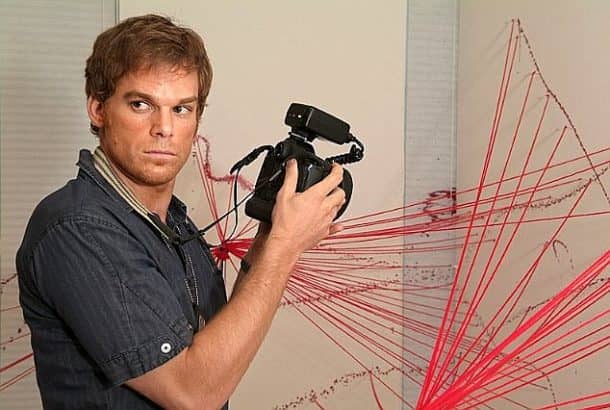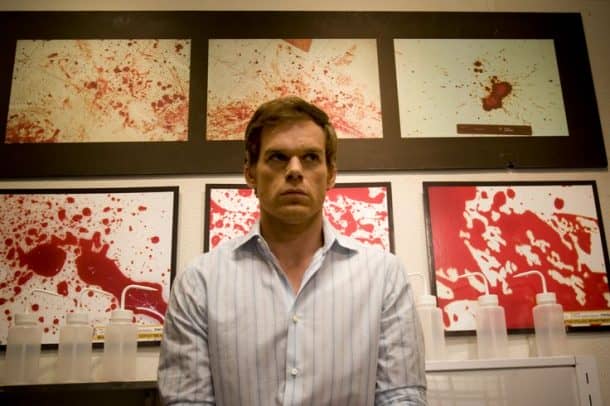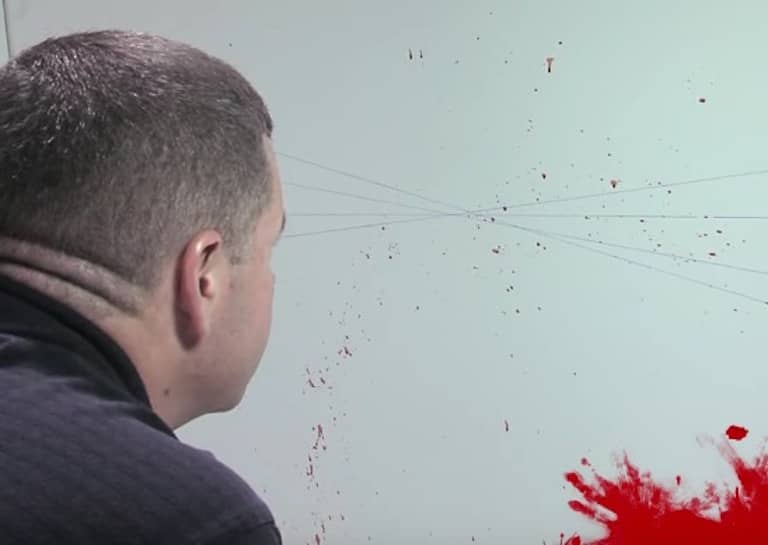Do you watch the TV Series titled Dexter? Do you remember the episode where Dexter analyses the blood splatter?
When we talk about the forensic investigation, one of the best strategies is to re-create the crime scenes. However, the actual process of recreating how the attack happened involves complex science. Forensic experts know that the blood splatters have a pattern, and the analysts can trace the source of blood by applying the laws of Physics.

Recently, a team of physicists made the science of analysing blood splatters more concrete and accurate. The team published their study in the Journal of Physical Review Fluids. The paper presents a workable theoretical model for the analysis of blood patterns. For more clarity, see the video below!
How do we begin? As the video explains, the first step is to observe the blood splatter and notice the size of the blood drops, their frequency, position, and shape. The study also takes into account other factors like the texture of the surface where the blood landed and provides sufficient data to the forensic analysts to calculate the velocity and origin of the blood droplets and interpret the patterns.

The last step would be to attach a string to each of the bigger drops and trace the trajectories back to the calculated point of origin for the droplet. The direction and angle of the blood splatter is key in this process. A mesh of these straight lines made from strings will intersect in a general area and that area will be the position of the victim at the time of attack.
“A parametric study is undertaken to predict patterns of backward blood spatter under realistic conditions corresponding to the experiments conducted in the present work. The results of the model are compared to the experimental data on back spatter generated by a gunshot impacting a blood-impregnated sponge.” – APS.
Tracing the trajectory of blood droplets is not an easy task. You have to consider variables like air resistance and other external factors. The physical analysis and recreation of blood splatter is quite interesting as it is carried out by shooting a sponge soaked in pig’s blood and then examining the blood pattern through slow motion footage.

These experiments have helped in creating physical models that will help forensic analysts to recreate crimes more accurately. How many of you enjoy detective TV shows and movies? Do you wish to pursue a career in Forensic Science or Crime management?


